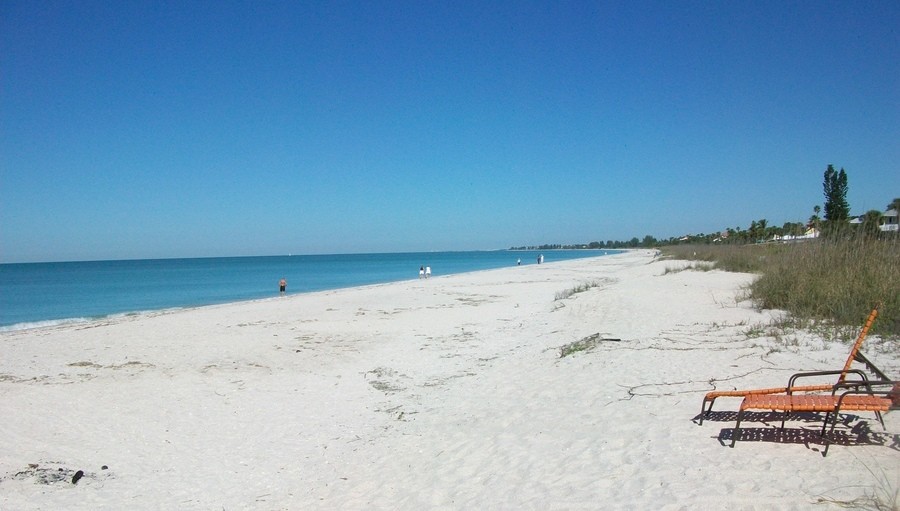Oil Crisis Expanding to Banks
Letters
SRQ DAILY
SATURDAY FEB 20, 2016 |
BY RAUL ELIZALDE
Oil has plummeted, and it is unlikely to climb back anytime soon. There is simply too much supply going around, and demand has shrunk along with global economic activity and, to a lesser extent, due to a world-wide push for clean-energy sources. Oil dropped so fast that the world has found it difficult to adjust to the lower prices, creating dislocations that threaten to burst beyond the energy world and spill over the broader economy. While oil prices could recover quickly in the event of a major negative geopolitical event, long-term trends are not favorable for a sustained recovery.
The fact that the equity market has fallen in tandem with oil is puzzling to some observers, who generally assume lower energy costs are good for consumers. Many analysts, in fact, predicted lower gasoline prices would be great for the world, as they could be thought of a kind of “tax cut” that would be especially beneficial to the middle class.
To some extent, it is true that lower gas bills resulted in additional spending in other goods. According to the Census Bureau, total 2015 spending in gasoline stations was $100bn lower than in 2014. This was mostly spent, reasonably, in automobiles ($83bn increase). But apart from a shift in spending, the positive impact of the implosion in oil prices now appears insufficient to offset its negative consequences. For starters, energy companies have been hit hard: stocks have plummeted, credit ratings have been slashed, and some are on the brink of bankruptcy. Other companies like Caterpillar, Cummins or Dover that do not belong in the “energy” category but provide goods and services to the sector have suffered just as much.
In addition, some countries have staked their entire fortunes on the price of fossil fuels, like Venezuela, Ecuador, Azerbaijan and Nigeria. Still others, while less exposed, are nevertheless highly dependent on oil: Russia derives half its budget revenues and three-quarters of its exports from it. Norway’s oil and gas sector accounts for a quarter of its GDP and two-thirds of exports. And while Saudi Arabia has large foreign exchange reserves and a low break-even production price, the IMF estimates that it needs a price of $86 to balance its budget in 2016 – a far cry from the current $30.
In addition to the pressure on energy and industrial companies and the fiscal concerns surrounding commodity-dependent countries, the issue that could prove most dangerous is the explosion of private debt that is related to oil. Severe crises are almost always preceded by a large build-up of private debt that, like a house of cards, comes tumbling down after a threshold is crossed. The usual outcome is that the unmanageable private debt stock is then taken over by the public sector. Oil-related debt woes may well prove to be the trigger that sets off this mechanism of contagion.
While U.S. banks have made large progress towards cleaning up their balance sheets, European banks continue to suffer under the weight of their liabilities. Although the extent of their loan exposures to the energy sector is unknown, the magnitude of the problem became apparent this week when Deutsche Bank’s CEO was forced to declare, in response to fears the bank was not solvent and might default on some of its obligations, that the firm was “rock-solid,” which of course was widely interpreted as a suggestion to the opposite. Indeed, European financial stocks have fallen at a much faster clip than its US counterparts.
Banks are also being pummeled because of the rapid decline in interest rates. Right after the rate hike of last December, the Federal Reserve made clear that it was prepared to raise rates a few more times during 2016. This was controversial to many. While higher rates are necessary to dampen accelerating economic conditions that threaten to push inflation higher, neither condition is present: U.S. economic activity is steady but muted, and inflation is well below the Fed’s target. The Fed went ahead anyway and hiked rates, raising widespread concerns this could push inflation even lower or, worse, reviving fears of deflation. Long-term rates plummeted as a result, which is exactly the opposite of what banks need in order to be profitable.
So the question is whether the U.S. stock market swoon is a temporary sell-off that presents investors with a buying opportunity, or rather the beginning of something more ominous.
This cannot be answered categorically, but the combination of factors that affect the market today suggest the outlook may well worsen before it improves. Oil is unlikely to recover anytime soon, rates may well remain low as long as the global economy remains weak, and banks look exposed and vulnerable to a double front of deteriorating loan books and an unfavorable interest-rate picture.
Raul Elizalde is president and chief investment officer of Path Financial.
« View The Saturday Feb 20, 2016 SRQ Daily Edition
« Back To SRQ Daily Archive











